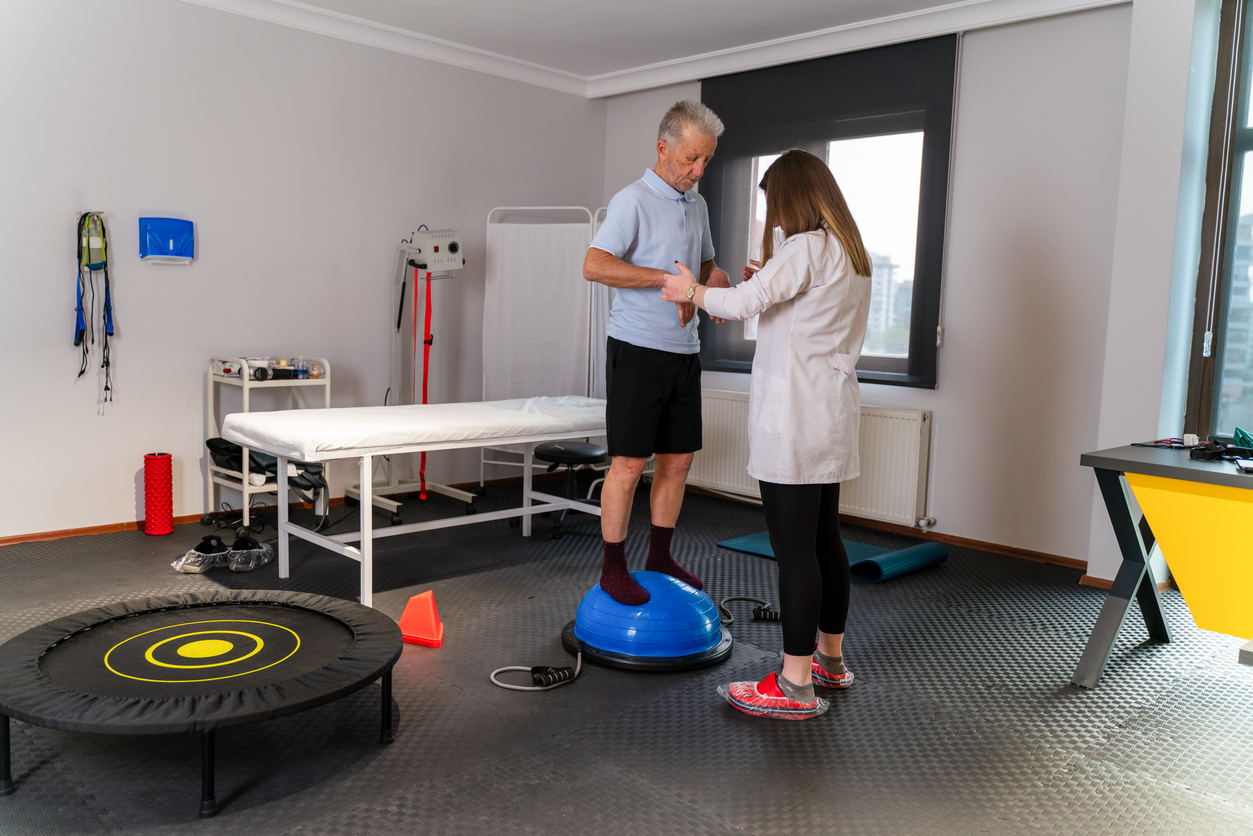Treatments
Bracing or Splinting as Treatment

Braces and splints are proven to be cost-effective aides that often provide relief for certain types of pain. They reduce swelling and offer joint support. A brace or splint immobilizes the affected joint in the proper position to promote healing. The limited motion can prevent additional damage and pain, provide support, and stabilize the affected joint. Braces and splints have little-to-no side effects; although, some people report skin irritation.
Proper fitting
Braces and splints work best when they fit properly. An occupational or physical therapist can make a custom brace or splint for an individualized fit. In addition, an orthotist can also make specialized support devices that are tailored for an individual's needs.
What conditions does a brace or splint help?
Braces and splints are used for various types of conditions and injuries. They are oftentimes used as a treatment for certain conditions, which include, but are not limited to, the following:
- Injured or broken bones
- Carpal tunnel syndrome
- Neck pain
- Osteoarthritis
- Lower back pain
- Muscle strains
- Ligament sprains
- Spinal cord injuries
- Rheumatoid arthritis
Muscle and tendon injuries
Braces and splints are most commonly prescribed to treat muscle and tendon injuries. Muscle strains are more common in the legs, ankles, and lower back, but can occur in almost any part of the body. Tendons can also strain or tear. A brace or splint is often recommended to provide stability and support to the affected area. This allows the muscle or tendon time to rest and heal.
Warnings
A health care professional should always be consulted prior to wearing a brace or splint. Prolonged use of a brace or splint can weaken the muscle and cause joint stiffness; therefore, monitoring by a medical professional is important. A brace or splint that does not fit correctly or is worn improperly can cause additional damage. Specific instructions should be followed if using a brace or splint as a treatment option.


















